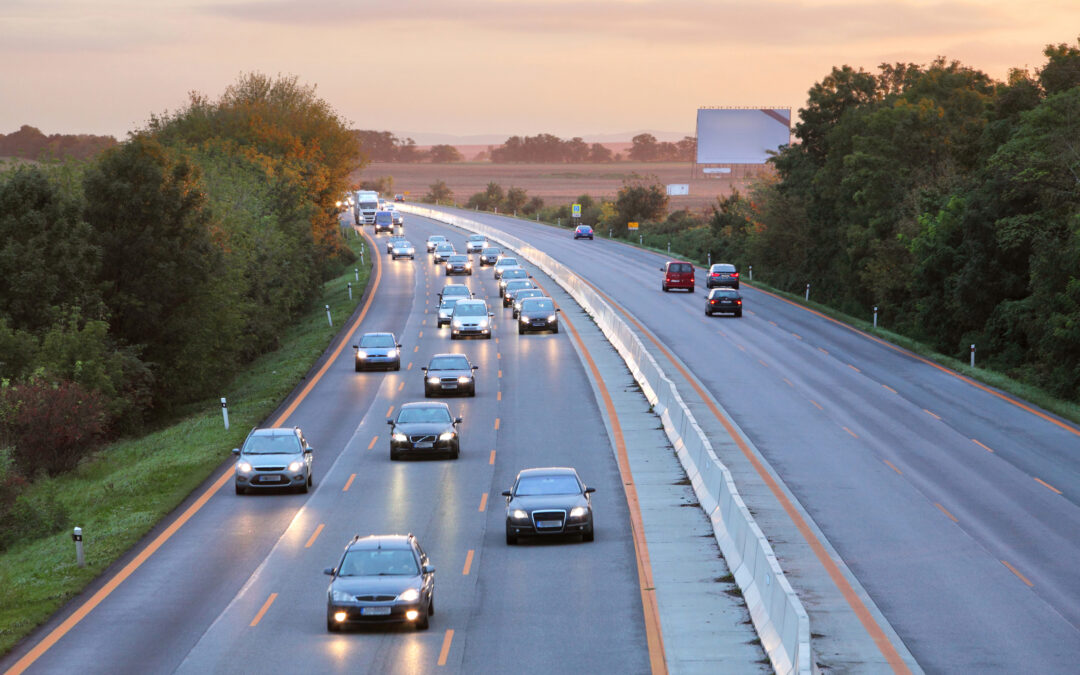Traffic deaths jumped 15 percent from 2019 to 2022 in Michigan, even though the pandemic decreased total travel — and experts blame risky driving.
Data released Thursday by TRIP, a national research nonprofit, show Michigan drivers traveled over 100 billion miles in 2019, resulting in 985 fatalities. That jumped to 1,133 in 2022 even though Michiganders only drove 98 billion miles.
The group estimates that the total damage caused by the crashes was $66 billion in Michigan, including $16 billion in economic costs and $50 billion in quality-of-life costs.
Nationwide, traffic fatalities increased 19 percent during that time to 42,795, even though travel decreased.
The National Highway Traffic Safety Administration blamed the increases on “risky behavior” like speeding, failing to wear a seatbelt, distracted driving and driving under the influence.
Michigan Gov. Gretchen Whitmer recently signed legislation banning residents from holding their phone to talk, text and use social media while driving.
The law will go into effect June 30.
“Simply banning texting is not enough with evolving technology and the convenience of smartphones. I am hopeful these laws will help to protect our loved ones and get them home safely each day,” said Michigan Rep. Tyrone Carter, D-Detroit, in a statement.
Passenger vehicle drivers could be fined $100 for a first offense, $250 for subsequent violations and be required to complete a driver improvement course if they are cited three or more times within a three-year period.
Emergency calls, cell phone mounts and Bluetooth-connected dashboard screens for mapping trips and changing tunes are exempt, as are electronic medical devices like insulin pumps, two-way radios and CBs.
Nationwide, fatalities involving alcohol reported by the police increased 14 percent since 2020 according to the National Highway Traffic Safety Administration (NHTSA).
Last year the U.S. The Department of Transportation released a national roadway safety strategy to help prevent traffic deaths.
The plan promotes safer road design, expanded accessibility to vehicles with advanced technology like collision avoidance and lane departure signals and efforts to discourage speeding such as the construction of more roundabouts and curb extensions.
This article originally appeared in Bridge Michigan. For more, click here.

